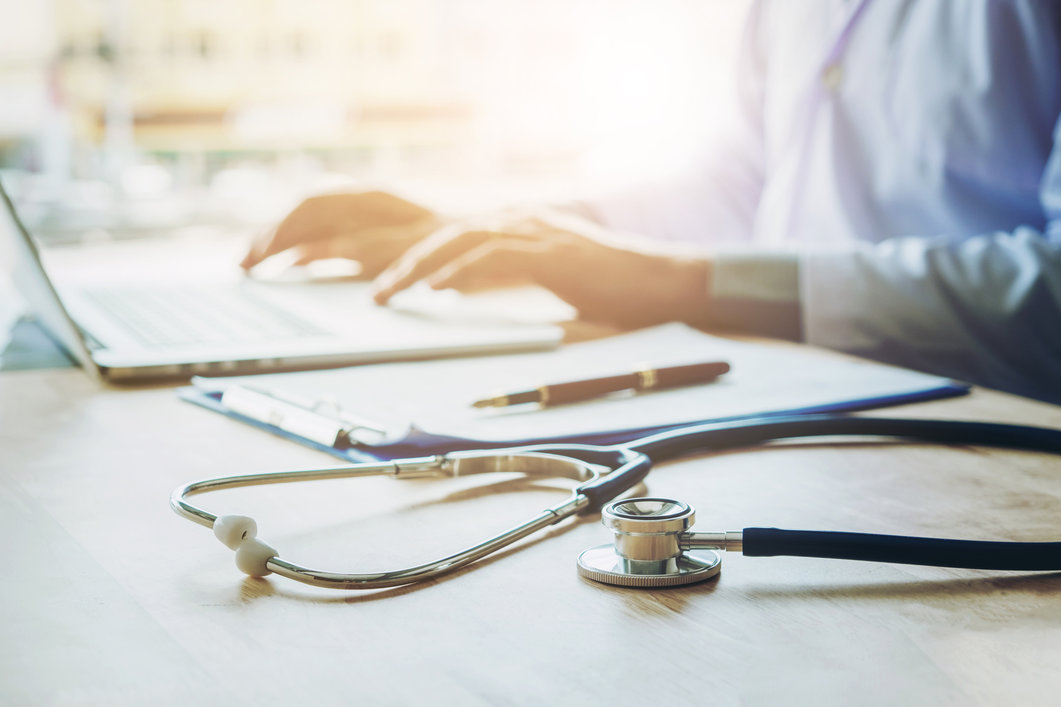Dr Natasha Beach
Consultant in Sports and Musculoskeletal Medicine
Specialist expertise: Sports Injuries, Paediatric Injuries, Sports and Exercise Medicine, Orthopaedics, Sports Medicine, Concussion, Frozen Shoulder.
Are you, or a loved one, experiencing recurring general pain? Explore some possible causes below.

Mechanical pain describes a particular form of pain message that we experience when the principle problem is inflammation.
When a joint becomes damaged or inflamed, white blood cells release chemicals into the joint. Some of these chemicals sensitise nerve endings and causes them to send pain messages to the brain. The reason for this is to draw our attention to the fact that there is a problem present in our body that needs addressing. The longer the damage or inflammation continues, the more sensitised these nerve endings become and the better at sending pain messages.
The commonest causes of joint pain are the various forms of arthritis, along with wear and tear. When the natural lubricating fluid inside many joints (Synovium) becomes inflamed, it gets sticky. When the joint is inflamed and sticky it becomes stiff and feels swollen. Another component of inflammation is that the local area will get an increased blood supply, giving the area the feeling of throbbing or pulsing.
Direct trauma to a muscle can cause a bruise or haematoma. This mechanically impairs the action of the muscle which effectively does not want to do anything until it has healed. A similar scenario occurs after a burst of activity. Simply using muscles on a day to day basis, particularly if this involves heavy lifting or prolonged periods of exercise, can result in the muscles becoming “damaged.” Part and parcel of this damage is an inflammatory response which causes local nerve endings to become sensitised and then pain messages are sent to the brain. Once again, this is to draw attention to the problem and to provoke us to instigate strategies to help the muscle heal. Principally this is resting, cooling the area if possible and then gently stretching and bringing activity levels back to normal in due course.
Higher levels of activity, particularly poor quality activity such as excessive bending and lifting, will put stress and strain through the ligaments that support joints and the soft tissues that surround them. The term “bursitis” is well known. The bursa is like a little hydraulic cushion that sits at a bony prominence and allows muscle tendons to glide over the surface. Overactivity of the muscle and its tendon can cause inflammation of the bursa and this produces a localised aching pain in the first instance. If this ache or sore feeling is not dealt with, the nearby muscles and joints can become stiff and immobile.
There is a lot of overlap between the different sensations that one experiences. How we express pain is a very individual thing. Regardless of the pain sensation experience, its presence indicates that there is something wrong somewhere in the body and that action needs to be taken to deal with the underlying cause.
We boast a truly integrated team of orthopaedic surgeons, sports medicine physicians, podiatric surgeons, rheumatology specialists, paid medicine consultants and hand therapy specialists. All of these services work together in one place, enabling us to give patients the best care possible.